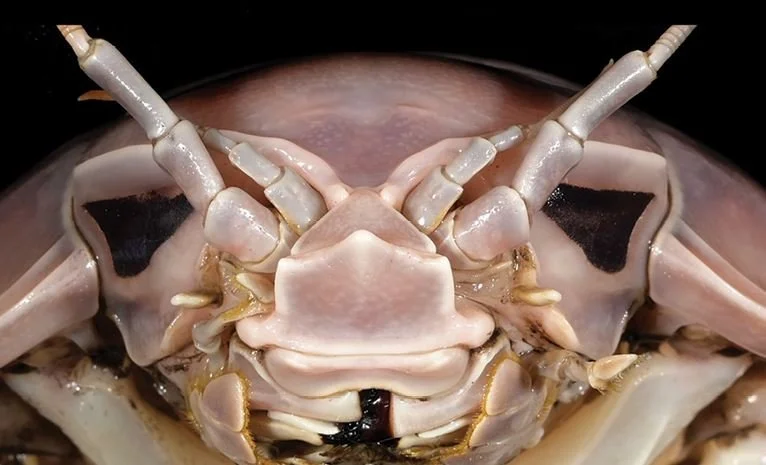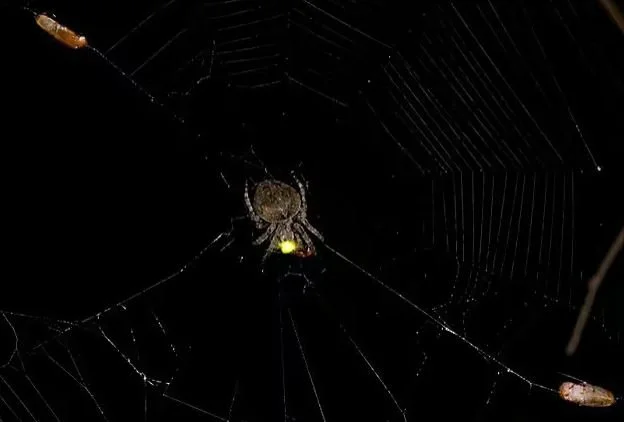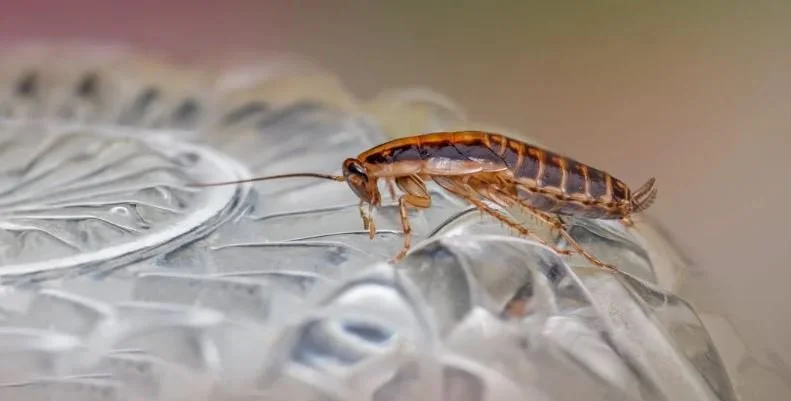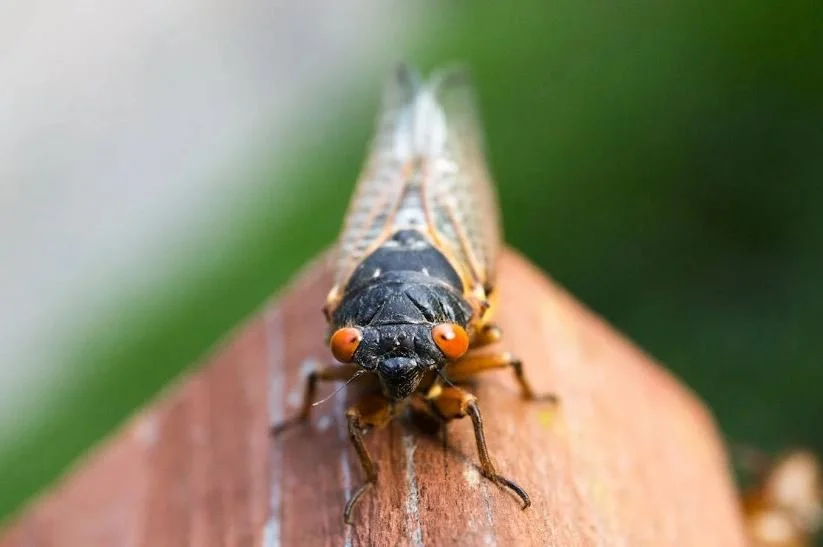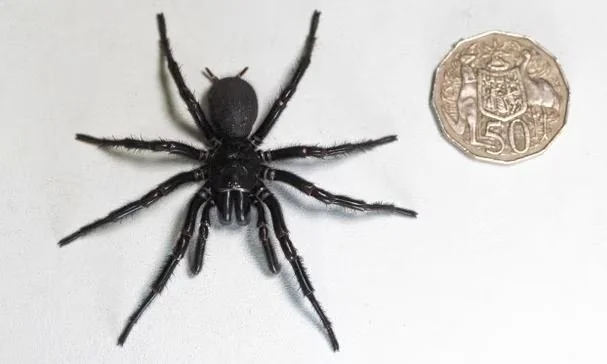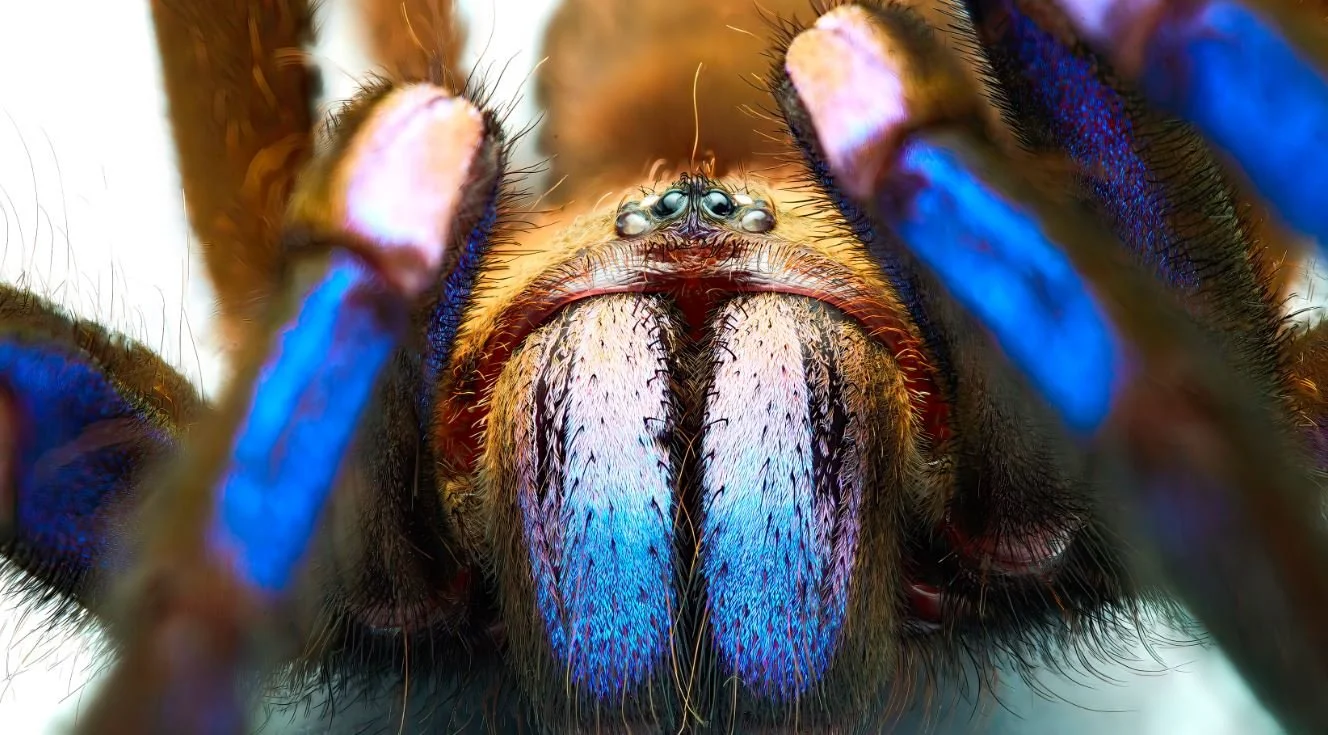Each spring, billions of brown moths fly more than 600 miles in southeastern Australia to escape summer heat, to a small clutch of cool caves located in the Australian Alps. They find their way by using the stars, then return to their breeding grounds in the autumn to reproduce, then they die.
Hi.
Welcome to my blog.




